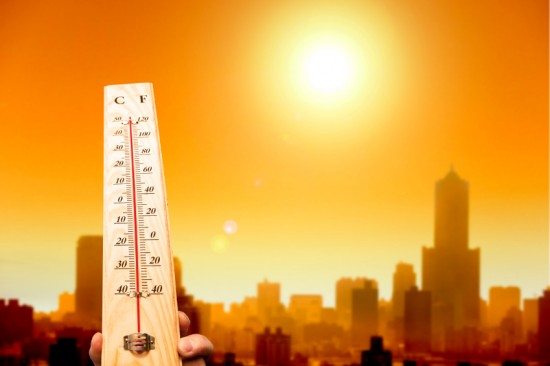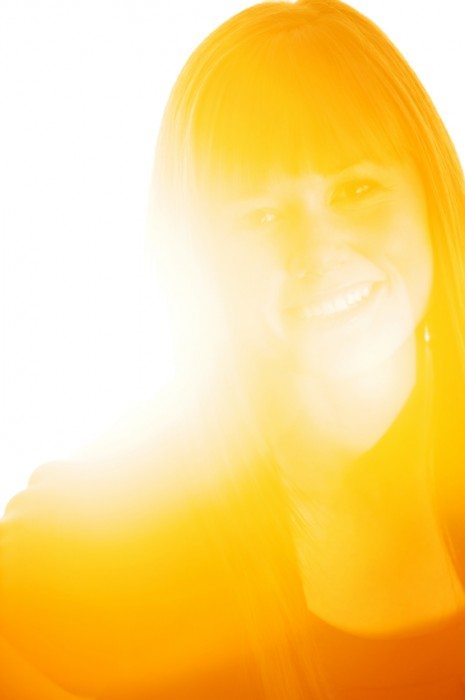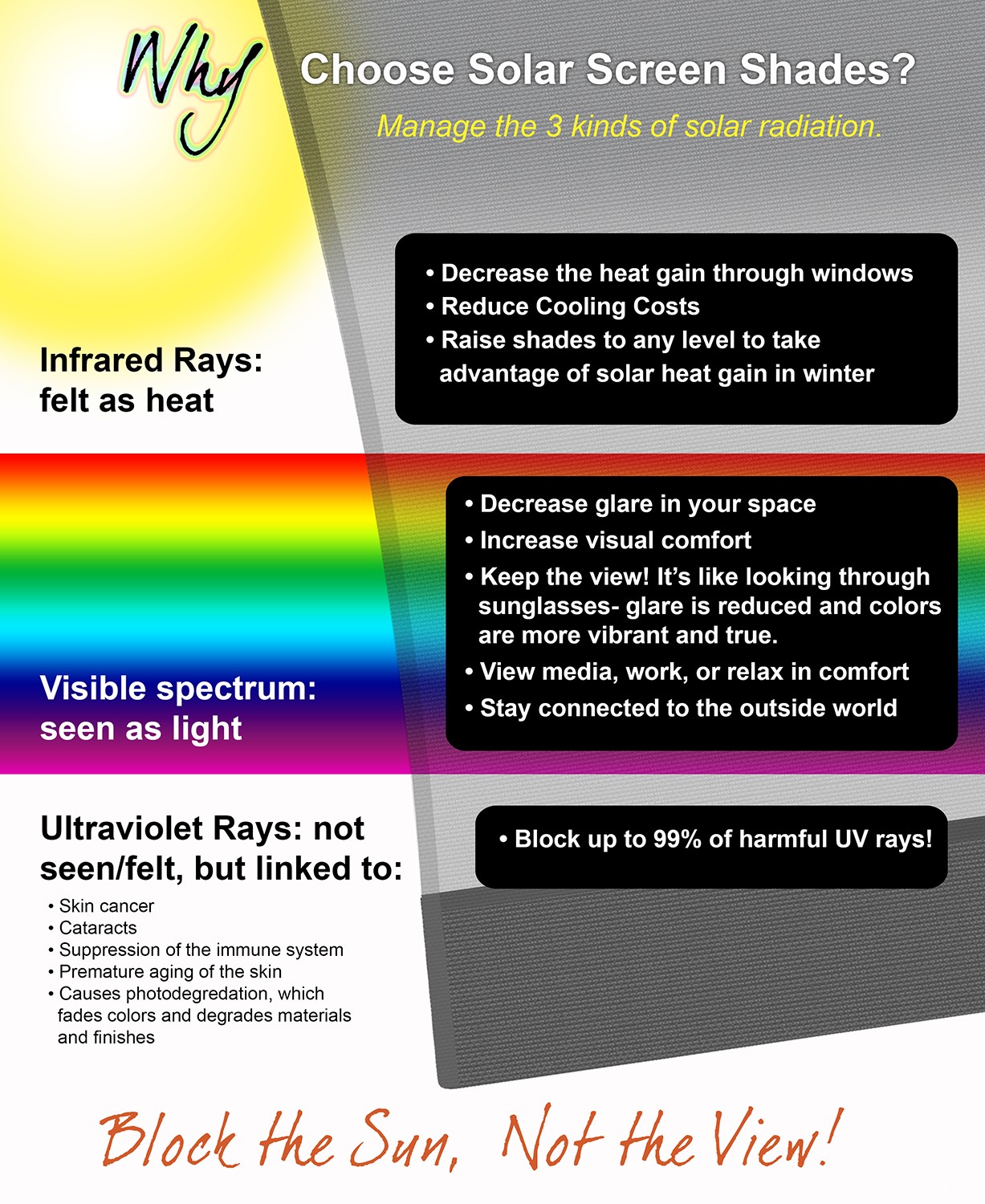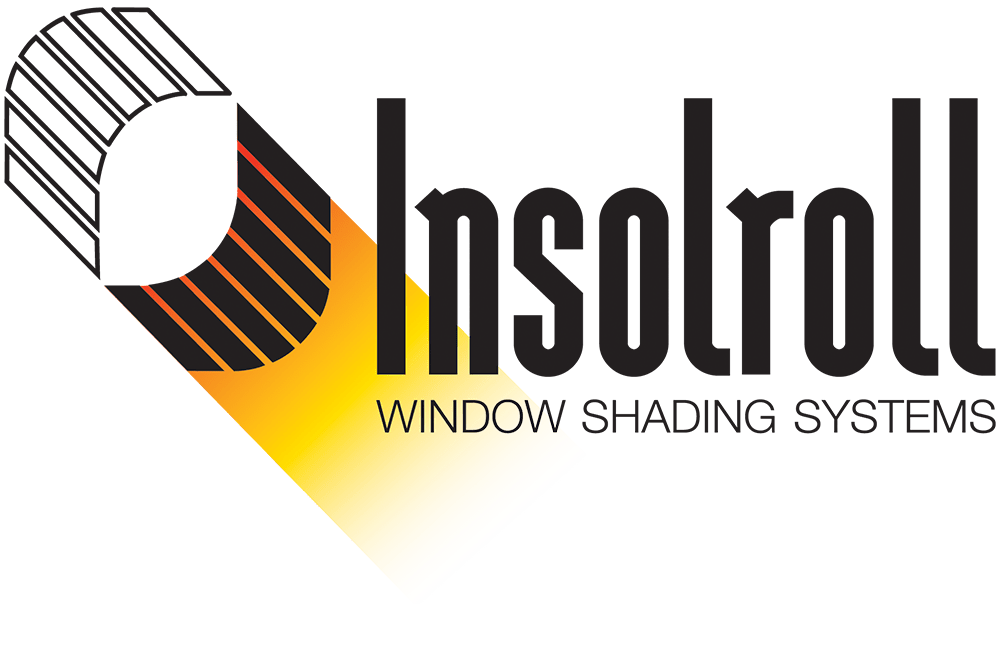
We at Insolroll like to use the phrase “Block the sun, not the view!”, and yes, view is paramount when it comes to solar shades. The quality of the view through solar screen shades is unrivaled among window treatments, but that first half of the phrase is equally important!
Solar shades block 3 kinds of the sun’s radiation

We have sort of a knee jerk negative reaction to the word “radiation”, but in reality, the word isn’t necessarily bad. Energy radiates, or spreads out from a center, (our center for this discussion is the sun). The sun’s energy is emitted in a spectrum of wavelengths- take a look at the graph from www.ucar.edu to get a better idea. That spectrum contains a number of different types of radiation, but it is 3 kinds of solar radiation that we are concerned with in our day to day lives, and solar screen shades can protect us from all 3.
Solar shades and infrared solar radiation
The part of the sun’s spectrum known as infrared is the part we perceive as heat. It warms the earth in the cold of space, and that’s a good thing! But, it can make our homes uncomfortable at times, and prompt us to use more energy in the form of air conditioning to return our space to a comfortable temperature zone. Because of the earth’s tilt, we get higher temperatures in North America from infrared radiation during the summer, and lower temps in the winter. Solar shades have the advantage of being retractable, so in the warmer months, you can lower them to take advantage of maximal heat control, and in the winter months, you can raise them all the way, or just enough, to take advantage of letting more warmth into the house to reduce the costs of heating.
thing! But, it can make our homes uncomfortable at times, and prompt us to use more energy in the form of air conditioning to return our space to a comfortable temperature zone. Because of the earth’s tilt, we get higher temperatures in North America from infrared radiation during the summer, and lower temps in the winter. Solar shades have the advantage of being retractable, so in the warmer months, you can lower them to take advantage of maximal heat control, and in the winter months, you can raise them all the way, or just enough, to take advantage of letting more warmth into the house to reduce the costs of heating.
Solar screen fabrics are manufactured very precisely, and for every screen fabric type, we have fenestration data that has come from testing the fabric’s performance. The number we’re concerned with in terms of heat is called the Shading Coefficient, and it expresses how effective the fabric has been measured to be at filtering the heat from infrared solar radiation.

Solar shades and the visible spectrum
We’ve all heard the acronym ROYGBIV… red, orange, yellow, green, blue, indigo, violet. It’s a fun, childhood way to remember the order of colors of light in the visible spectrum. That part of the sun’s spectrum is the part we can see, and it’s the part that is responsible for a lot of important processes on our planet, like photosynthesis in plants. It’s a good thing! In the case of our eyes, light is responsible for the color we see, and making it possible for us to see at all. Sunlight even helps us manufacture vitamin D in our bodies. But, like so many good things, too much can go the other direction. Excessive light washes out colors and causes our eyes discomfort.
Where solar shades really shine is that they control light just enough. Perfectly, you might say. They stop enough visible light to make your interior comfortable, but let enough pass through to illuminate your space and reduce the need for artificial lighting. The view you have is actually enhanced, because glare is reduced and you can visually appreciate the colors so much better. It really is like wearing sunglasses when the sun is too bright outside. Inside, glare reduction means better viewing of screens and tech devices, as well as seeing your home at its beautiful best. You can stop glare with lots of window treatments, but you will usually block the view in doing so, and study after study has shown the benefits to our health and well-being from maintaining a view and connection to the outside.
Like the measurement of a fabric’s shading coefficient, glare control effectiveness is also measurable in solar screen fabrics. As part of fabric performance testing, scientists measure the amount of visible light that passes through each fabric, which is called its visible light transmittance, or VLT (and sometimes Tv). How open the fabric is as well as the color (light colors allow more light to pass directly through the yarns and dark colors allow less) affect the glare control ability of a solar fabric.

Solar shades and the ultraviolet spectrum
We hear almost every day about the ill-effects of UV rays, on our skin, our eyes, our floors, our furniture… everyone knows you need protection. Solar Screens also block up to 99% of harmful UV rays, which are associated with skin cancer, eye problems, and the degrading of materials and finishes. Lots of materials become brittle and begin to disintegrate when exposed to UV rays. Colors and finishes fade- have you ever moved a rug near a window only to find the area of the floor underneath noticeably darker? That’s the result of UV damage, and it can’t be undone. Furniture finishes craze and crack, too, but that’s nothing when you think about premature skin aging, skin cancer, and cataracts!
You can’t beat solar shade protection from the sun!

No other type of window treatment delivers what solar screens can. Other types of shades, draperies or shutters can block the 3 kinds of solar radiation we’ve talked about, but only by also blocking the view. You don’t have to live in a cave to protect yourself- solar screens provide the most livable answer for total sun control, and they do it beautifully, with a wide array of fabric colors, styles and textures. Why choose solar screen shades? Do it for the quality of your life!
